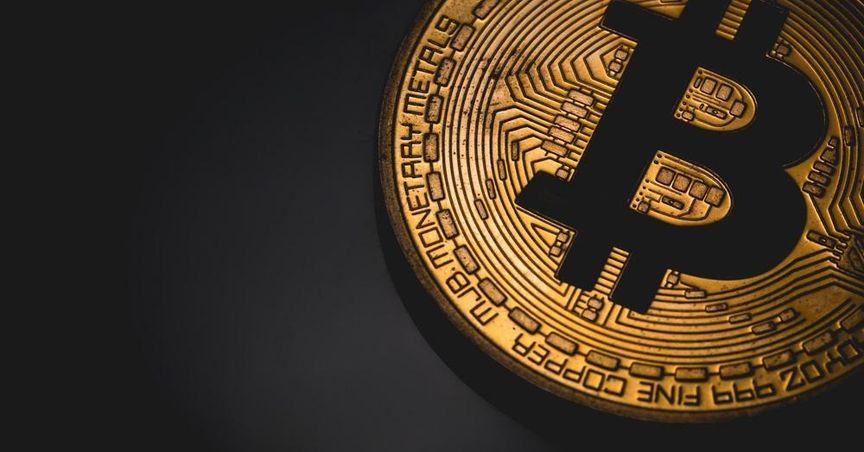Highlights
- New Zealand crypto exchange's liquidators distribute over $225 million in funds.
- Cryptopia liquidation involves reconciling millions of transactions for compensation.
- Liquidators rebuild hacked exchange to ensure accurate return of assets.
The cryptocurrency sector remains a dynamic space, often characterized by rapid developments and significant technological challenges. New Zealand's crypto exchange, Cryptopia, faced a significant hurdle following a hacking incident that led to its liquidation. Public accountancy firm Grant Thornton has been tasked with overseeing the return of funds to the exchange’s users, highlighting the complexities involved in managing digital assets in the aftermath of security breaches.
Cryptopia’s Liquidation Progress
Grant Thornton announced the distribution of over $225 million to users of Cryptopia, marking a significant milestone in the liquidation process. More than 10,000 accounts have been credited with funds, though this represents only a small fraction of the nearly one million eligible users. The firm's statement indicates the distribution process has been years in the making, initiated by a judicial directive in 2020.
Rebuilding After a Cybersecurity Breach
One of the most intricate aspects of Cryptopia's liquidation involved reconstructing the platform to address its compromised systems. This process entailed reconciling millions of transactions, a step critical to ensuring the accuracy of returned funds. The accountancy firm noted that the liquidation team dedicated considerable resources to rebuild the exchange’s operational framework, demonstrating the depth of work required in cryptocurrency liquidation cases.
Implications for Crypto Security and Trust
The liquidation of Cryptopia underscores the importance of robust security measures within the cryptocurrency sector. As digital currencies grow in adoption, the ability to manage and recover assets in the event of a breach becomes increasingly significant. Cryptopia’s case provides insights into the challenges faced by custodians of digital assets and the steps necessary to maintain trust among users.
This process highlights the evolving landscape of cryptocurrency governance and the necessity for regulatory frameworks that protect both platforms and users in this burgeoning sector.




